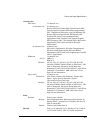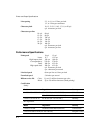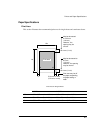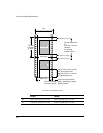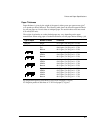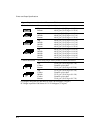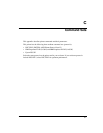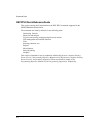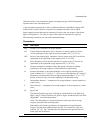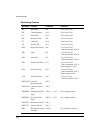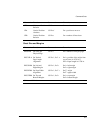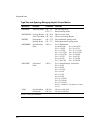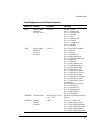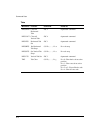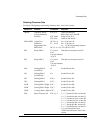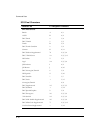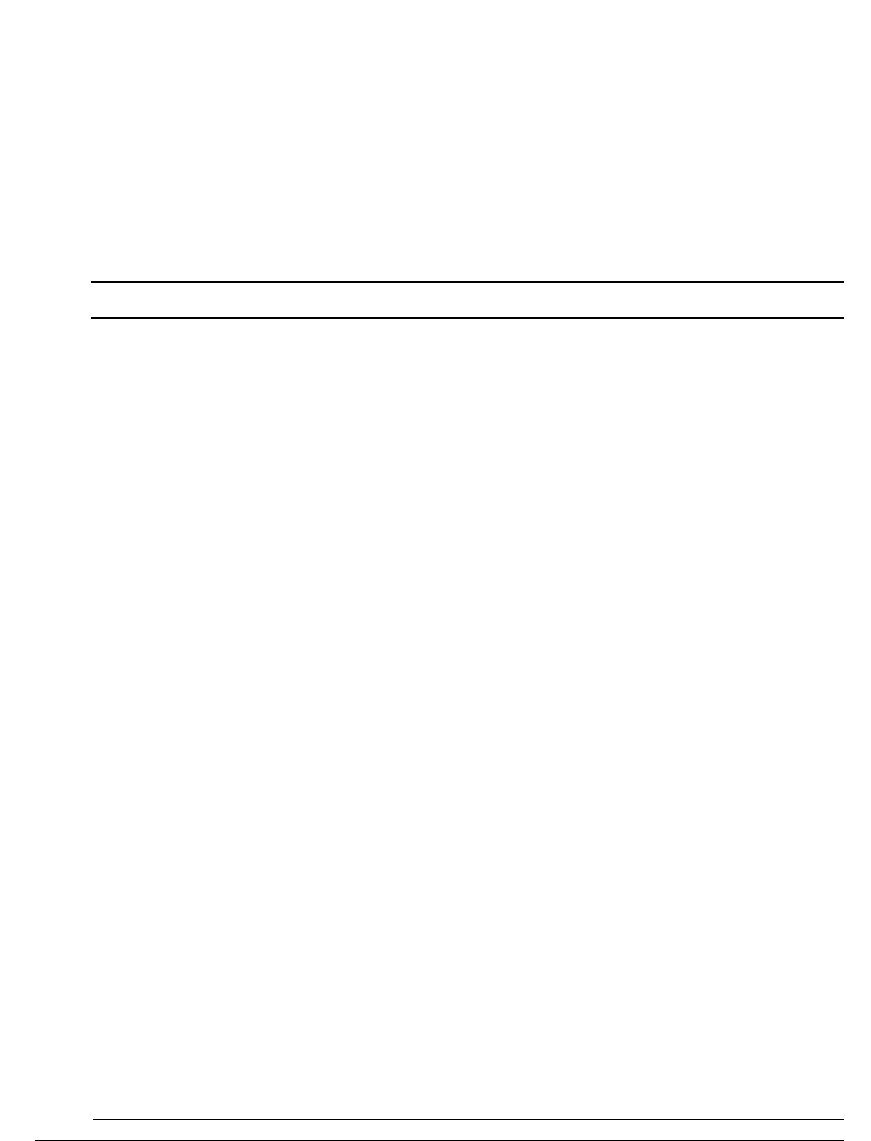
C-3
Command Sets
Function Command
Characters used in control functions appear in monospaced type. The following table
explains some of the conventions used.
A pair of numbers separated by a slash (/) character indicates Column/Row notation. This
notation refers to the location of a character in a standard code table, such as ASCII.
Spaces appear between characters in sequences for clarity; they are not part of the format.
Space is designated as ‘‘SP’’ when it is part of the format of a command or sequence.
The following conventions are used in the command listings:
Conventions
Code Description
ESC Escape (1/11), introduces an escape sequence
CSI Control Sequence Introducer (9/11), introduces a control sequence. CSI can
also be represented by the equivalent escape sequence ESC [ (1/11 5/11).
DCS Device Control String (9/0), introduces a device control string. DCS can also be
represented by the equivalent escape sequence ESC P (1/11 5/0).
ST String Terminator (9/12) indicates the end of a control string. ST can also be
represented by the equivalent escape sequence ESC \ (1/11 5/12).
Pn Numeric parameter, or number of units that specify a distance or quantity
pertaining to the escape sequence, control function or control string.
Ps Selective parameter, or one which identifies a list of options pertaining to the
specif command. If “>” (3/14) or “?” (3/15) occurs at the beginning of a string of
parameters, parameters that follow are Digital private parameters. “>” or “?”, if
present, must occur only once at the beginning of the parameter string.
I
n
Intermediate character — component of an escape sequence, control sequence or
control string
F Final character — component of an escape sequence, control sequence or control
string
SP Space (2/0)
C0 Control Characters are given in the figure “Standard 8-bit Code Table (Left
Half),” and C1 Control Characters are given in Figure “Standard 8-bit Code Table
(Right Half)” in an 8-bit environment.
In the 7-bit environment, C1 Control Characters can be sent with an escape
sequence provided in the following tables.
Both numeric and selective parameters are interpreted as unsigned decimal
integers, with the most significant digit sent first. For instance, the value 16 is
coded as “16” (3/1 3/6). Leading zeros are allowed but are ignored. Plus and
minus signs are not allowed.



